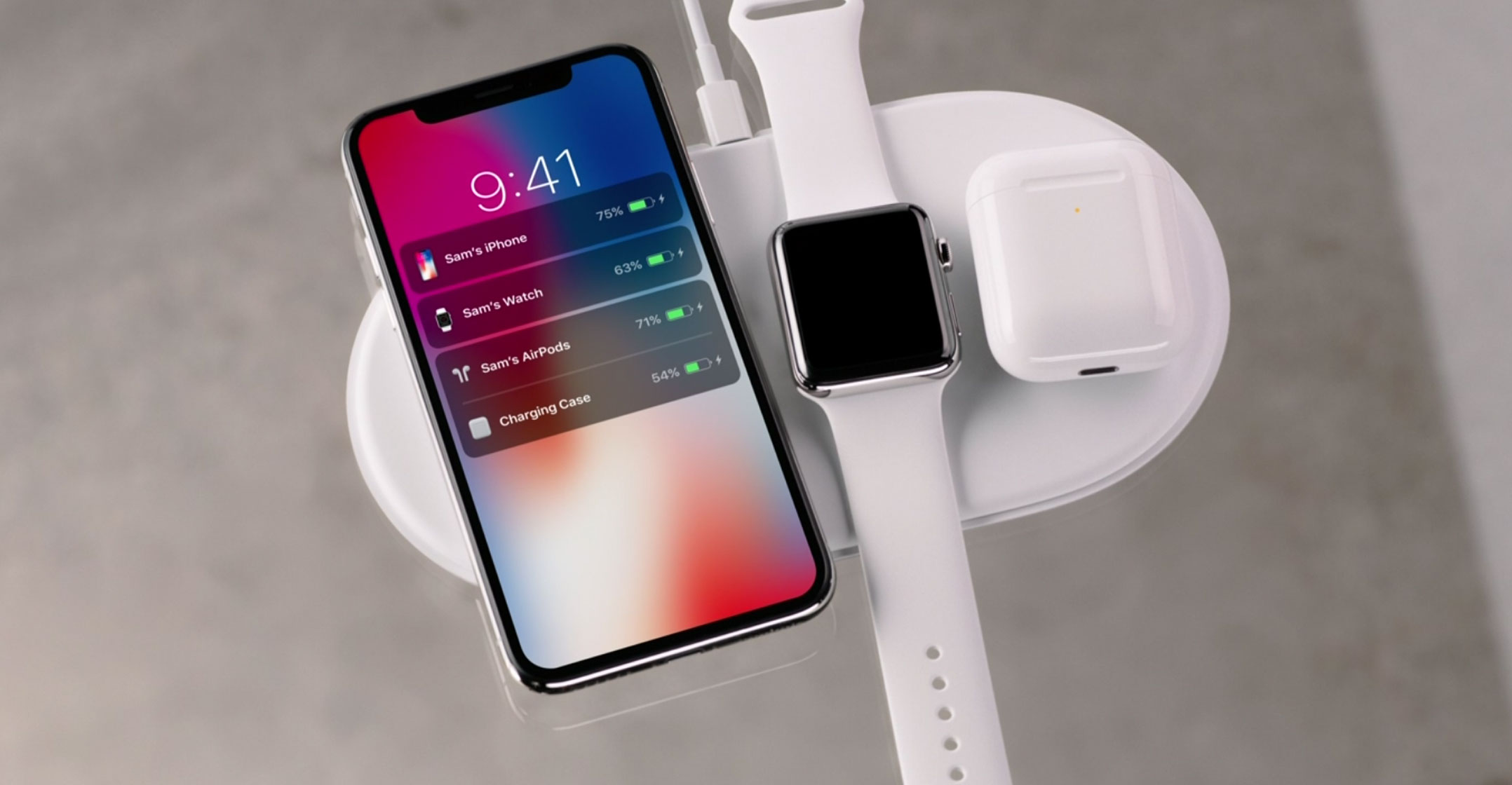
What can be better than two new iPhones? Three new iPhones.
Apple is planning to release three new smartphone models later this year. The trio of devices will include a supersized version of the current iPhone X, a less expensive model that includes some of the iPhone X’s key features, and the company’s typical update to the iPhone model from late last year.
That means in the span of a few years, Apple will have transformed from releasing one new iPhone model each year — with occasional exceptions — to at least three new models in 2018. Apple is now selling eight versions of the iPhone, including the larger-screen Plus version of models including the iPhone 8 and iPhone 7 lines. It’s easy to see that the number of iPhone options will continue to balloon.
Apple’s strategy is the kind of product and price segmentation that is typical for relatively mature companies. And that is perfectly fine. Apple can grow by releasing a handful of blockbuster products, as it tended to do until a couple of years ago. Or it can grow by selling many more products that sell fine but not great individually. In other words, three new iPhones a year can sustain Apple’s empire just as well as one hit iPhone.
The expanding product line-up with an array of prices and features is a sign of how Apple is relying on new strategies to keep growing. Apple doesn’t get enough credit for the unglamorous work of setting product prices and of finding new market niches to conquer. None of this activity on its own is a big deal. But in aggregate, incremental changes add up to a whole lot of money for Apple.
Now that smartphones, the source of about two-thirds of Apple’s revenue, aren’t a growth business anymore — the number of new devices sold globally contracted slightly in 2017, according to preliminary estimates from research firm IDC — Apple needs to rely on singles and doubles more than home runs. That makes it eminently sensible to identify underserved nooks of the smartphone market. The smaller screen iPhone SE released in 2016 was another example of Apple’s hunt for corners of the device market outside its wheelhouse.
Unfamiliar territory
Still, all this product segmentation is an unfamiliar strategy for people who have followed Apple for years. Before Tim Cook became Apple’s CEO in 2011, he boasted about his company’s focus on a relatively small number of products. To Cook, the ability of Apple’s newest products to fit on a single table was a sign of Apple’s strength. This focus was good when growth was easier for Apple to achieve. If Apple’s 2018 product line-up were to fit on a tabletop, it would need to be a boardroom table rather than a model for a breakfast nook.
It’s odd that Cook and other Apple executives don’t ever talk broadly about how the company is revamping its product strategy. Instead, even to investors, executives talk about how great their products are. That’s fine, but Apple is not a charitable organisation. It is the world’s most valuable public company, and one of its top missions is to maximise profits and shareholder value. Don’t let that cold reality get lost. Those slabs of glass and circuits may be magical, but they’re also ringing up huge sales and profit for the company and its stockholders.
The padding of Apple’s product line-up is innovation of a different sort for Apple. The company generates healthy profits on each phone and its other hardware products. That means even if each new device isn’t a blockbuster on its own, each sale generates incremental revenue at a healthy profit margin.
Each device Apple sells doesn’t have to be a hit for the company to win. It just needs to keep revenue and profits growing, and it can do that just fine with an array of middle-of-the-road sellers in an expanded product line-up, just as it did with a small number of blockbuster products. Three phones really can be better than one. — Reported by Shira Ovide, (c) 2018 Bloomberg LP




